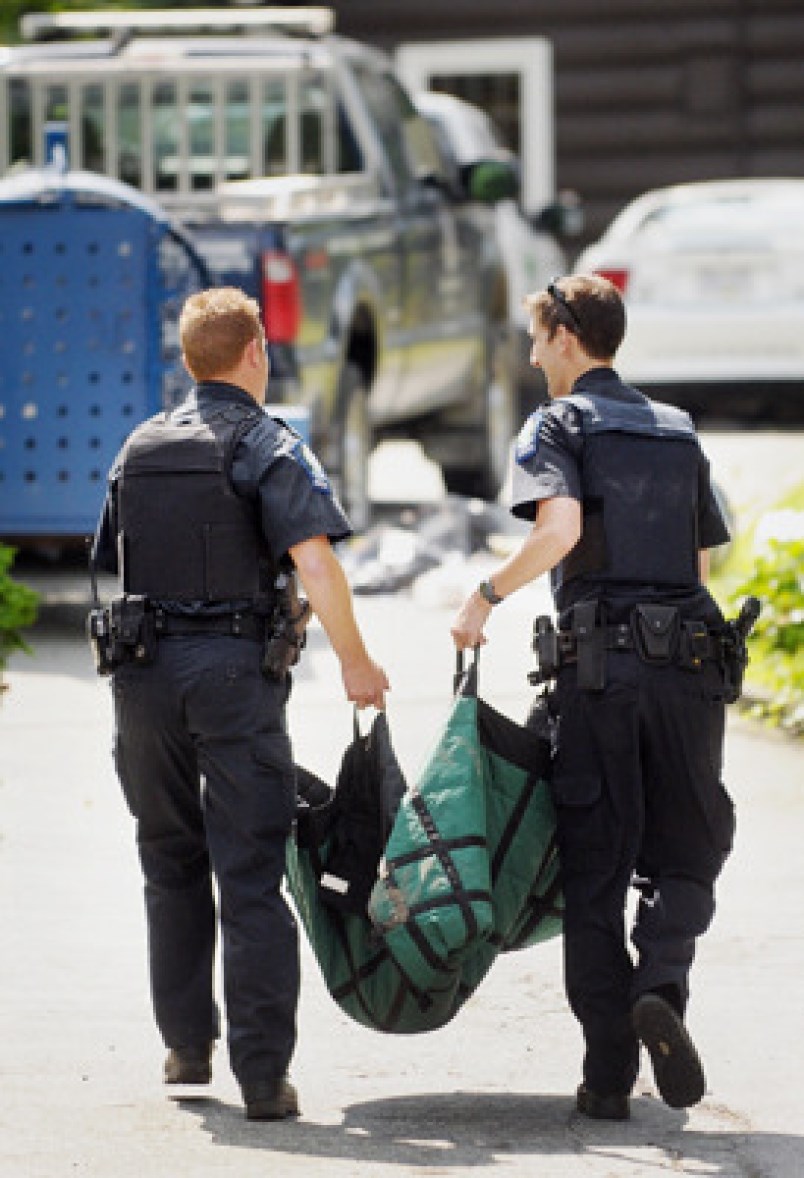The return of the warm weather is bringing bears into the Tri-Cities and it’s up to residents to make sure the bruins don’t get too comfortable.
While there is always room for improvement, Tri-City bear issues seem reasonable compared to those in Maple Ridge, where there are big problems with bears being attracted to food waste and challenges in enforcement.
The result is in that city — which is small compared to the Tri-Cities, where the bear zone stretches from the woods of Anmore to the trails of Port Coquitlam — there have been four bears killed since April 1.
In comparison, here in the Tri-Cities, two bears habituated to garbage and causing property damage were destroyed in Anmore and another in Coquitlam since the same day.
These are not good numbers but if Tri-City residents heed messages to remove all bear attractants, the bears will pass through and not stay and cause problems.
So far, it seems local residents are paying attention to the messages that have been hammered into them for over a decade, and education — together with enforcement, including tickets and fines — may be paying off.
On the other side of the Pitt River, however, residents are still coming to grips with the issue, with some even calling for a no-kill zone to save bears from destruction.
Although this might seem like a humane effort, the fact is bears, left unmanaged, can be dangerous.
In 2016, a 10-year-old girl was attacked by a female bear protecting its cub. The youngster, who was out for a swim in the Coquitlam River with her father and grandmother when the attack occurred, needed surgery for her injuries.
If conservation officers knew there were potential problem bears in the area, they could have closed the trail or used other management tactics to prevent such an attack.
Without proper management, bears can become a problem and won’t leave. Some may even have to be killed if they are persistent and pose a danger to others.
Instead of calling for a no-kill zone, which is impractical, residents are better off working together to keep their neighbourhoods safe and calling in important information to the Report All Poachers and Pollutants line (1-877-952-RAPP).
It’s up to the experts, using evidence and science, to determine what is safest.
Can we do our part? Absolutely, we must because bears’ lives and the lives of our own children, depend on it.



